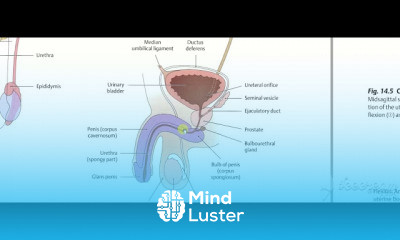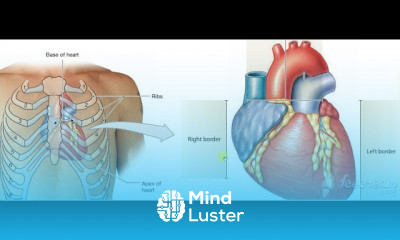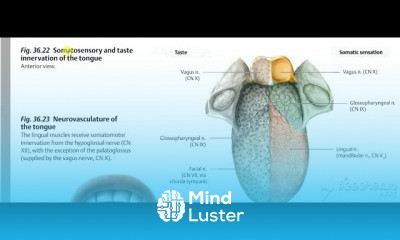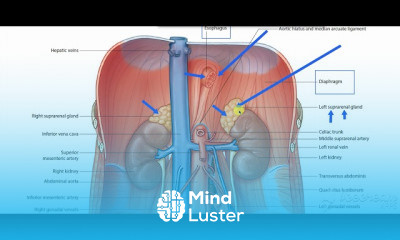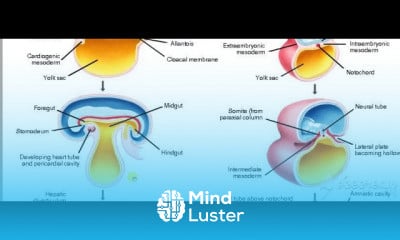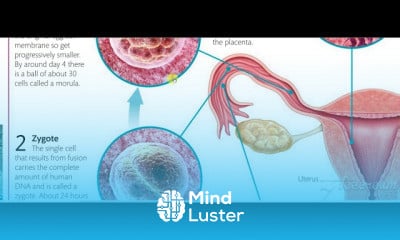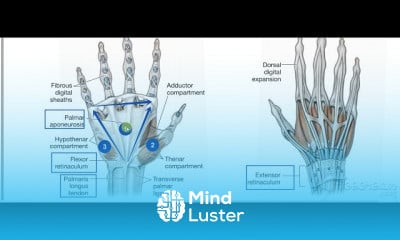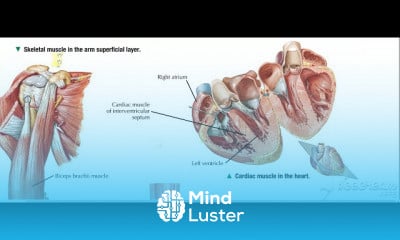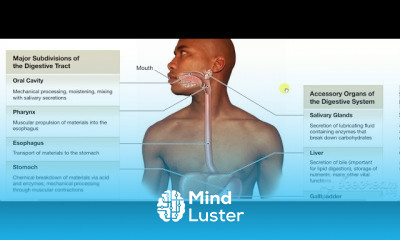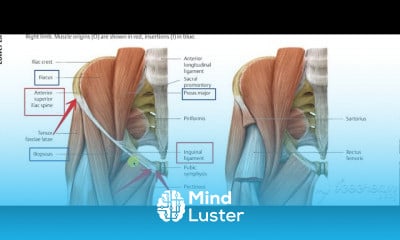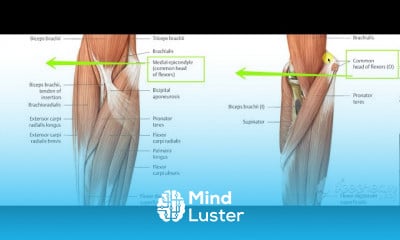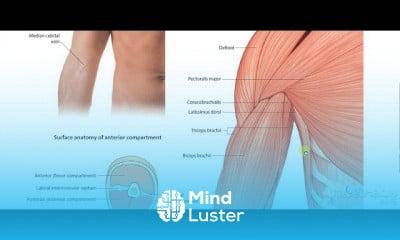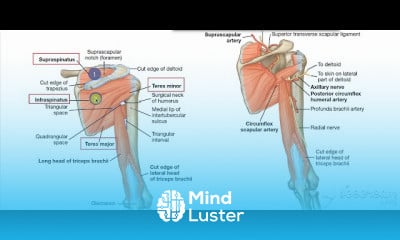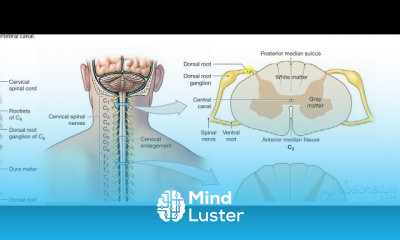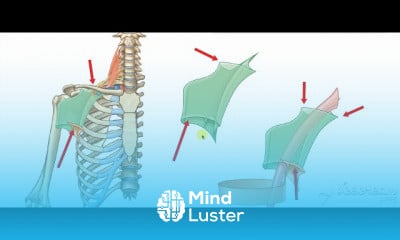Walls of nasal cavity 1
Share your inquiries now with community members
Click Here
Sign up Now
Lessons List | 28
Lesson
Comments
Related Courses in Medical
Course Description
The nasal cavity is a large, air-filled space above and behind the nose in the middle of the face. The nasal septum divides the cavity into two cavities,[1] also known as fossae.[2] Each cavity is the continuation of one of the two nostrils. The nasal cavity is the uppermost part of the respiratory system and provides the nasal passage for inhaled air from the nostrils to the nasopharynx and rest of the respiratory tract.
The nose is an olfactory and respiratory organ. It consists of nasal skeleton, which houses the nasal cavity. The nasal cavity has four functions:
Warms and humidifies the inspired air.
Removes and traps pathogens and particulate matter from the inspired air.
Responsible for sense of smell.
Drains and clears the paranasal sinuses and lacrimal ducts.
In this article, we shall look at the anatomy of the nasal cavity – its divisions, structure and neurovascular supply.
The nose is an olfactory and respiratory organ. It consists of nasal skeleton, which houses the nasal cavity. The nasal cavity has four functions:
Warms and humidifies the inspired air.
Removes and traps pathogens and particulate matter from the inspired air.
Responsible for sense of smell.
Drains and clears the paranasal sinuses and lacrimal ducts.
In this article, we shall look at the anatomy of the nasal cavity – its divisions, structure and neurovascular supply.
Divisions
The nasal cavity is the most superior part of the respiratory tract. It extends from the vestibule of the nose to the nasopharynx, and has three divisions:
Vestibule – the area surrounding the anterior external opening to the nasal cavity.
Respiratory region – lined by a ciliated psudeostratified epithelium, interspersed with mucus-secreting goblet cells.
Olfactory region – located at the apex of the nasal cavity. It is lined by olfactory cells with olfactory receptors.
Trends
French
Graphic design tools for beginners
Data Science and Data Preparation
Formation efficace à l écoute de l
Artificial intelligence essentials
Learning English Speaking
Electrical engineering for engineer
Essential english phrasal verbs
MS Excel
American english speaking practice
Build a profitable trading
Build a tic tac Toe app in Xcode
Python for beginners
Figma for UX UI design
Marketing basics for beginners
ArrayLists in C for beginners
Web Design for Beginners
YouTube channel setup
Magento Formation Français
Computer science careers
Recent
Data Science and Data Preparation
Growing ginger at home
Gardening basics
Ancient watering techniques
Grow mushrooms
Growing onions
Veggie growing
Bean growing at home
Growing radishes
Tomato growing at home
Shallot growing
Growing kale in plastic bottles
Recycling plastic barrel
Recycling plastic bottles
Grow portulaca grandiflora flower
Growing vegetables
Growing lemon tree
Eggplant eggplants at home
zucchini farming
watermelon farming in pallets




